neoplasia in cats oral
Tumors are locally invasive and can extend into the bones of the upper or lower jaw. In a 52-week oral study with dose levels of 0 1 3 and 9.
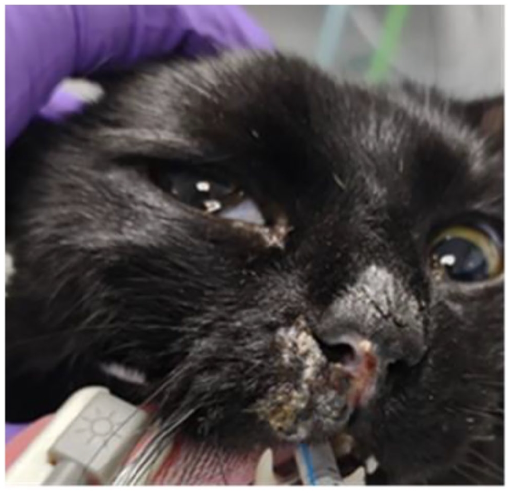
Electrochemotherapy As A Treatment Option For Feline Nasal Melanoma
GI neoplasia can be primary which means it originates in the GI tract or metastatic which is spread from another site.
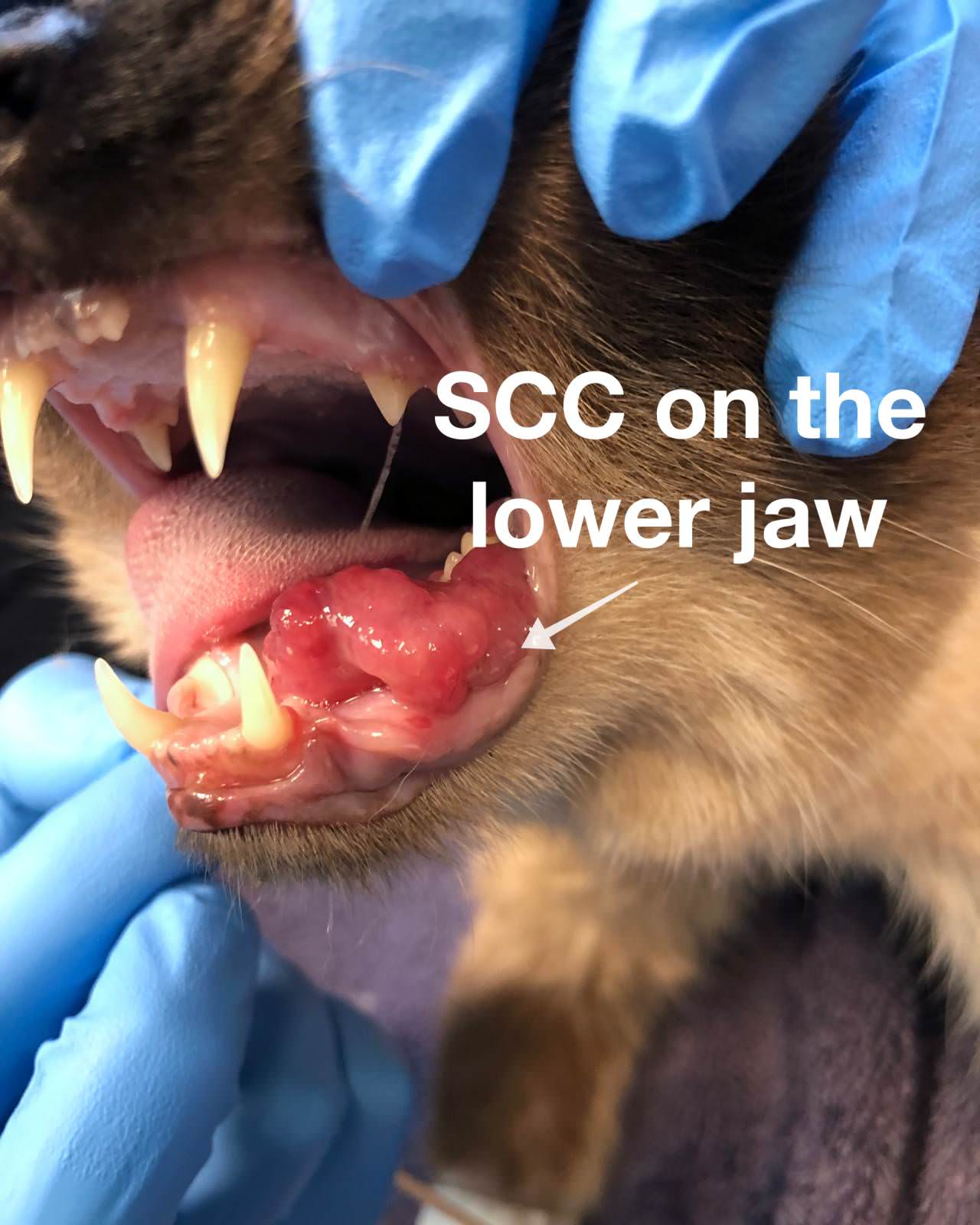
. One cat died at 156 days due to aspiration of food material. Six cats had no recurrence with survival times of 156 465 608 and 1023 days and two cats were still alive at 316 and 461 days after surgery. It is the most common oral cancer in cats.
Twenty different oral neoplasms were found. Oral neoplasia in cats requires early detection and brisk therapy to provide any hope of a cure. Limit exposure to secondhand tobacco smoke as it has been shown to increase the risk of cancer in cats.
An obvious oral mass excessive salivation weight loss halitosis bloody oral discharge and dysphagia. J Feline Med Surg 4 2. Oral neoplasia accounted for 10 of feline neoplasms identified during the survey period.
Keep lightly pigmented cats out of direct sunlight as much as possible. 34 Other tumors comprise odontogenic tumors fibrosarcoma. Oral squamous cell carcinoma is cancer of the lining of the oral cavity including the gingiva gums tongue palate and tonsils.
Vet Clin North Am Small Anim Pract 20 4 1117-1140 PubMed. Birchard S Carothers M 1990 Aggressive surgery in the management of oral neoplasia. Oral neoplasia Published 31032021 Written by.
Langley-Hobbs in Feline Soft Tissue and General Surgery 2014 Neoplasia of the tonsil. A typically alert and energetic cat that gradually or suddenly refuses to eat the food that you set out for it each day may be harboring severe discomfort somewhere within its oral cavitythe chamber leading from its lips to its throat. The overall estimated mean survival time was 712 days.
Oral cancer is frequently encountered in both feline and canine patients. The three long-term survivors died of causes unrelated to oral neoplasia. 5 Tonsillar SCCs have a high rate of metastasis to regional lymph nodes and distal organs and therefore a very.
Ad Signs Your Cat Is Sick Through Behaviors Whats In The Litter Box. The rate of metastasis at the time of diagnosis is low. All of which can become cancerous eg skin cells bone cells fibrous cells.
Mellanby R J Herrtage M E Dobson J M 2002 Long-term outcome of eight cats with non-lymphoproliferative nasal tumours treated by megavoltage radiotherapy. A retrospective histological study was conducted on 371 neoplasms of the oral cavity in cats. Dobson J M White R A S 1990 Oral tumors in dogs and cats.
Tips for catching this invasive neoplasia as early as possible. The most common oral malignancies in dogs are melanomas squamous cell carcinomas and fibrosarcomas In cats 69 of malignant oral tumors are squamous cell carcinomas and 18 are fibrosarcomas Other oral tumor types. JAAHA 17 6 917-920 VetMedResource.
In most cases the source of the problem will be a readily identifiable and treatable dental problem. Oral neoplasia is reported to account for 67 of all canine cancers and 3 of all feline cancers. How To Know If Its Time To Call The Vet.
Feline leukemia virus associated lymphoma seems to be declining but possibly 14 to 50 of cats affected by lymphosarcoma are FeLV positive 3. Locally aggressive with the potential for distant metastasis squamous cell carcinoma SCC is the No. Other sources of information.
Eighty-nine percent of the oral neoplasms were malignant. Oral tumors in cats comprise almost 10 of all tumors encountered in this species and the 3rd site of tumors after the hemolymphatic system and the skin. Nasal neoplasia - intra-oral radiograph LSA pre-treatment.
An oral tumor is an abnormal growth of cells. Easy Refills with Autoship. Dogs are more often affected than cats with oral tumors accounting for 6 of canine cancers 1 and 3 of feline cancers 2.
1 oral neoplasia in cats1 Early gross changes may be minimal and lesions often mimic other feline oral diseases such as tooth resorption and. Ad Trying Chewy Pharmacy is Easy. Squamous cell carcinoma is the most prevalent tumor and accounts for about 70 of oral tumors in cats.
The most common oral tumors in dogs are malignant melanoma squamous cell carcinoma fibrosarcoma. Common presenting signs for cats with oral neoplasia include. A common but very subtle presentation of oral neoplasia is when a tooth can be extracted too easily.
Nasal neoplasia - intra-oral radiograph LSA right side. A cats mouth similar to our own is made up of several different cell types. Normal nasal chambers.
Oral squamous cell carcinoma is a malignant tumor that may occur anywhere within the oral cavity is locally invasive infrequently metastasizes to ipsilateral regional lymph nodes and rarely spreads to distant sites12 The most common site of oral squamous cell carcinoma in cats is the sublingual region Figure 1. 17 While a causal relationship has. Atopica is contraindicated for use in dogs with a history of neoplasia.
Gastrointestinal neoplasia is cancer located anywhere throughout the gastrointestinal GI tract including the oral cavity mouth esophagus stomach small intestines large intestines and rectum. SCC was the commonest tonsilar tumor in a review of oral neoplasia in cats 5 Fig. 49-11Affected cats had mucosal ulceration necrosis and severe suppurative inflammation.
Amyloidosis in Cats for further information. Squamous cell carcinoma SCC in cats -Most common oral malignancy in cats. Neoplasia and the kidneys Renal lymphoma is the most common renal tumor in cats and often presents with sudden onset of poor kidney function including acute kidney injury 2.
Vaccinate at-risk cats with the feline leukemia vaccine to prevent leukemia. Cotter S M 1981 Oral pharyngeal neoplasms in the cat. The viral DNA of feline enteric coronavirus can be detected in feces by RT-PCR.
The most common were squamous cell carcinoma 612. Spaying a female cat at an early age will decrease the risk of malignant mammary cancer. Oral pathology of dogs and cats neoplasia Melissa D.
Add your Vet and Pet Rx info then Chewy Handles the rest. Initial work-up for oral tumors in dogs and cats. Some tumors may grow slowly and do not typically spread called benign while others will act aggressively called malignant.

Mouth Cancer Gingiva Squamous Cell Carcinoma In Cats Petmd
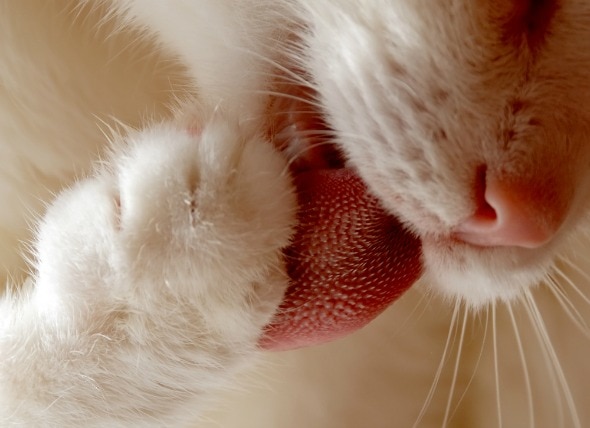
Tongue Cancer Squamous Cell Carcinoma In Cats Petmd

Oral Tumors In Cats Centennial Animal Hospital

Mouth Cancer Melanocytic In Cats Petmd
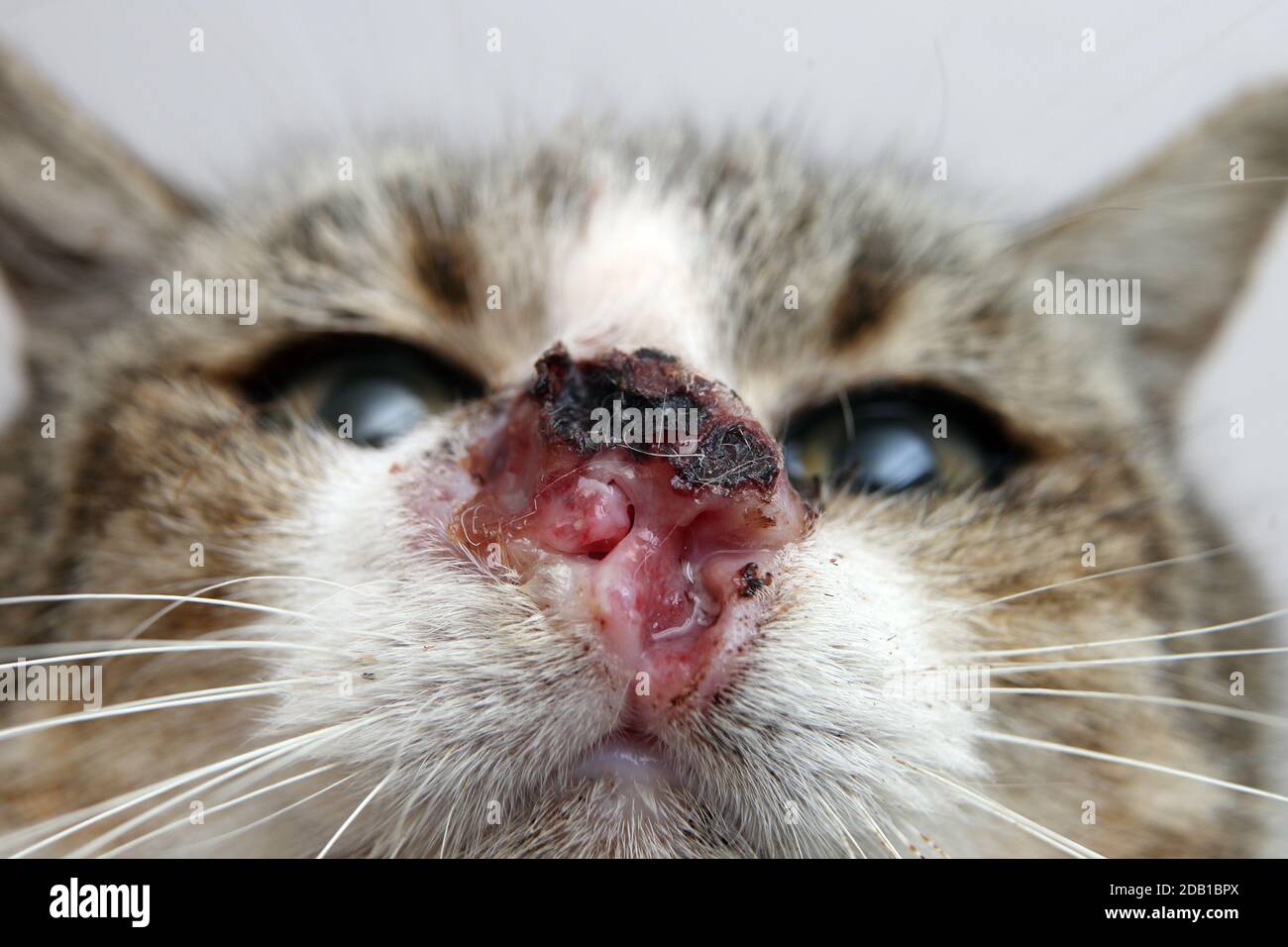
Nasal Feline Carcinoma Stock Photo Alamy

Cytologic Features Of A Feline Inductive Odontogenic Tumor Semantic Scholar

Common Oral Tumors In Cats And Dogs Vet In Aurora The Animal Dental Clinic

What Causes Oral Cancer In Cats And What Tests You Need To Know About Vlog 125 Youtube

Diagnosis And Treatment Of A Feline Oral Mast Cell Tumor Sciencedirect

Squamous Cell Carninoma Cat Mandibulectomy Squamous Cell Squamous Squamous Cell Carcinoma

Feline Oral Squamous Cell Carcinoma An Overview

Feline Oral Squamous Cell Carcinoma Fact Sheet Davies Veterinary Specialists

Biology Free Full Text Companion Animal Model In Translational Oncology Feline Oral Squamous Cell Carcinoma And Canine Oral Melanoma Html

Long Term Survival In A Cat With Tonsillar Squamous Cell Carcinoma Treated With Surgery And Chemotherapy
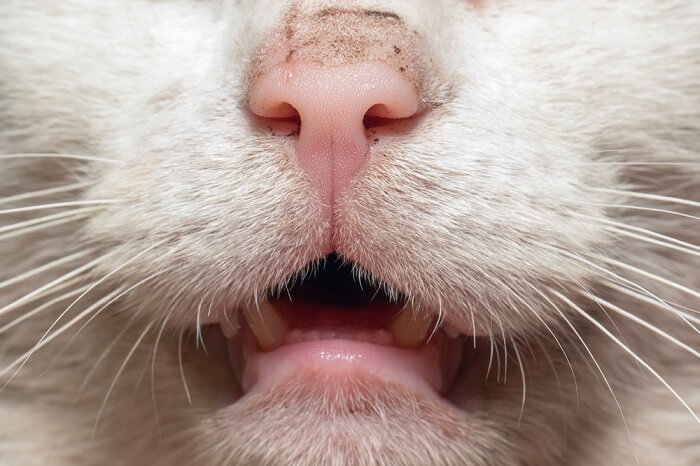
Mouth Cancer In Cats Causes Symptoms Treatment All About Cats

Feline Squamous Cell Carcinoma Scc Animal Dental Specialist

Nasal Squamous Cell Carcinoma In Cats Veterinary Partner Vin

Eosinophilic Granuloma Mouth Cat Cat Oral Stock Photo 1364333087 Shutterstock